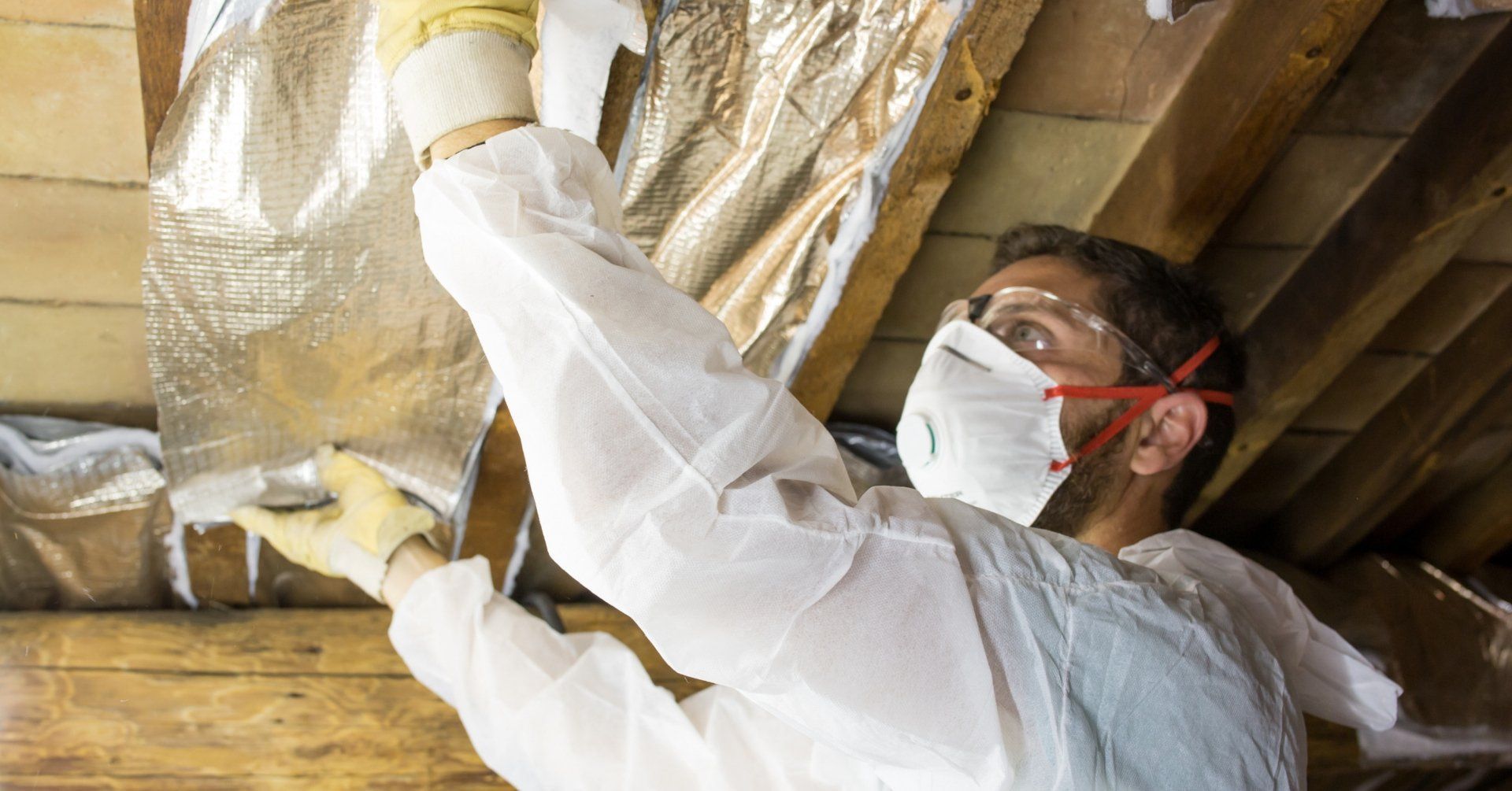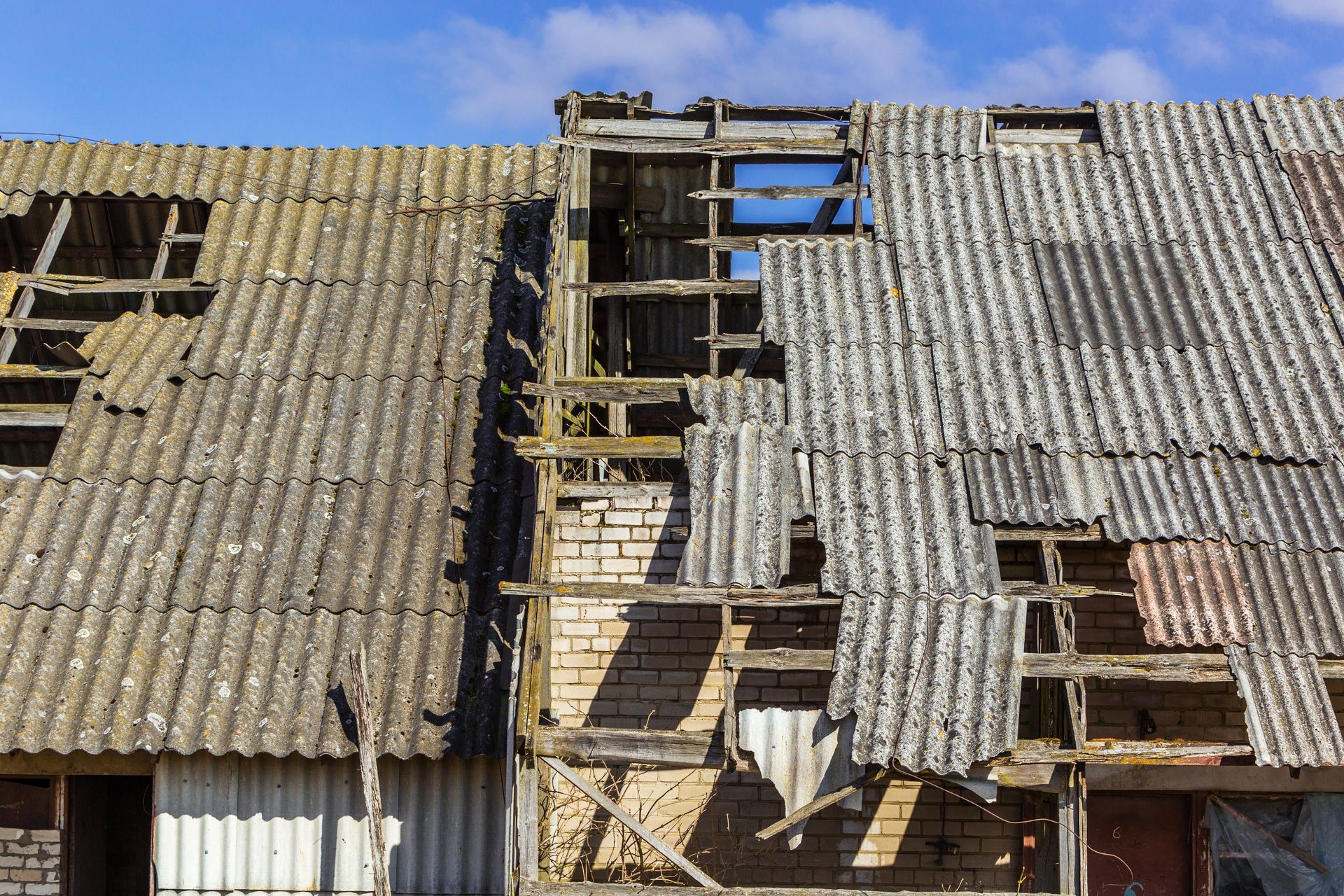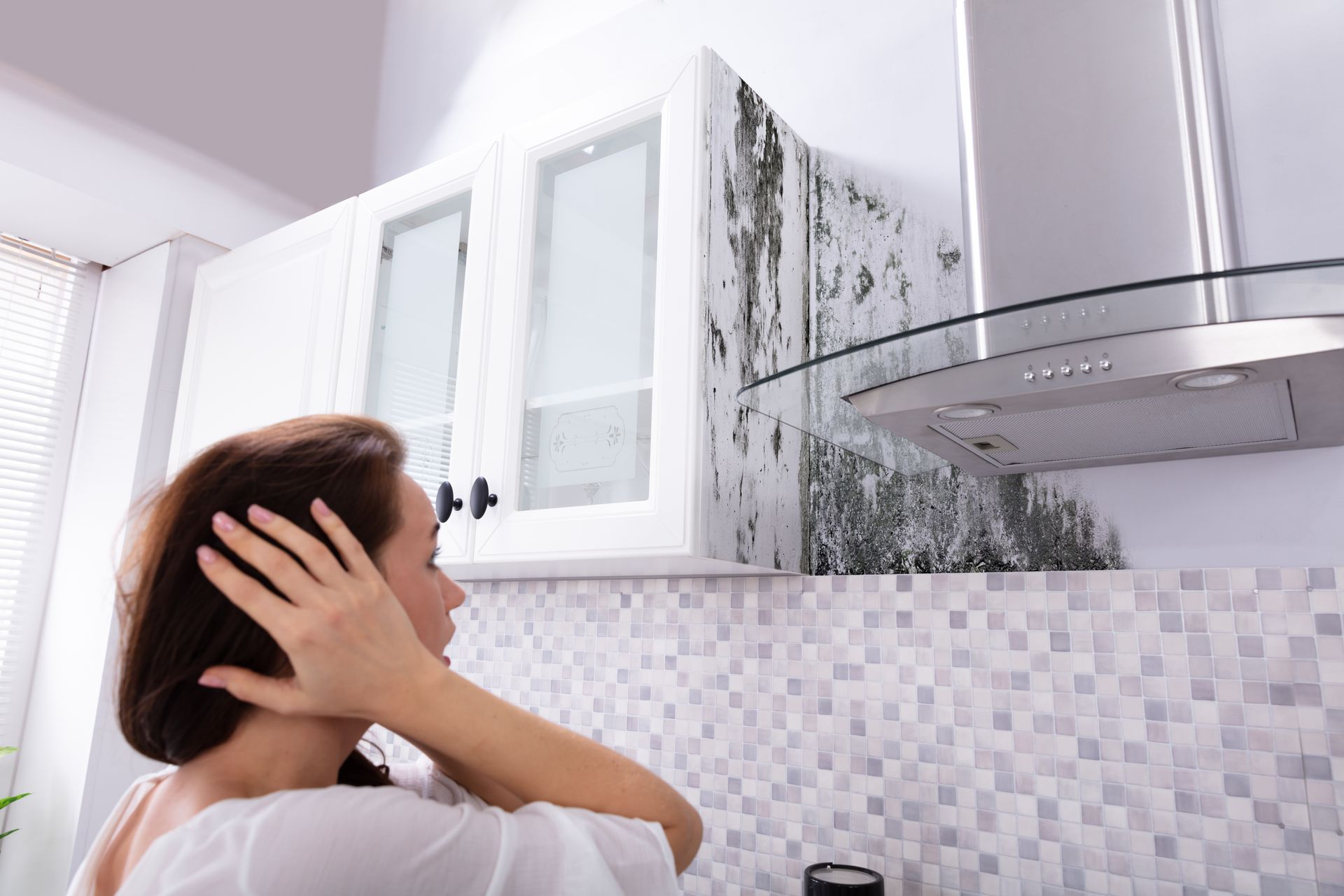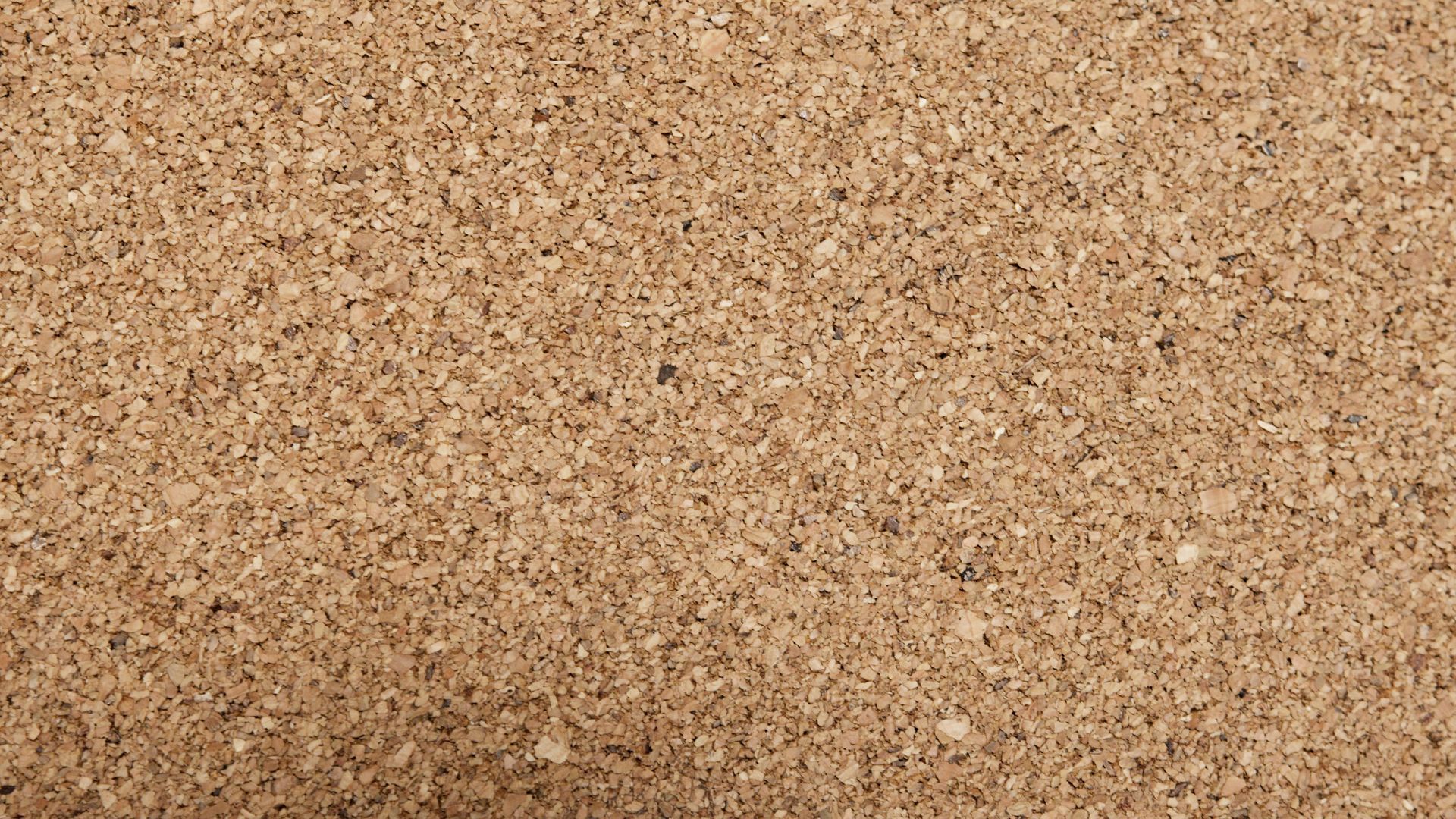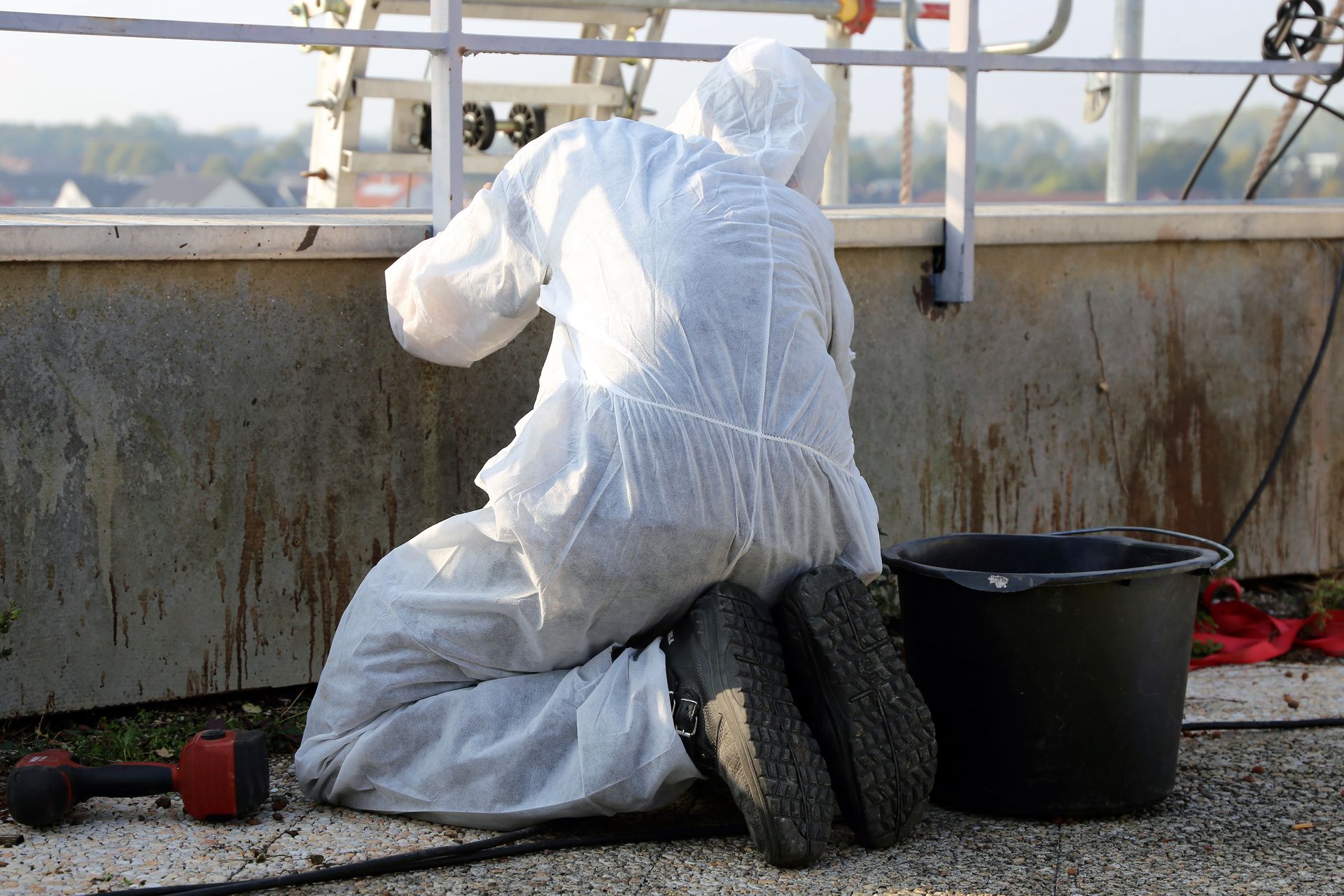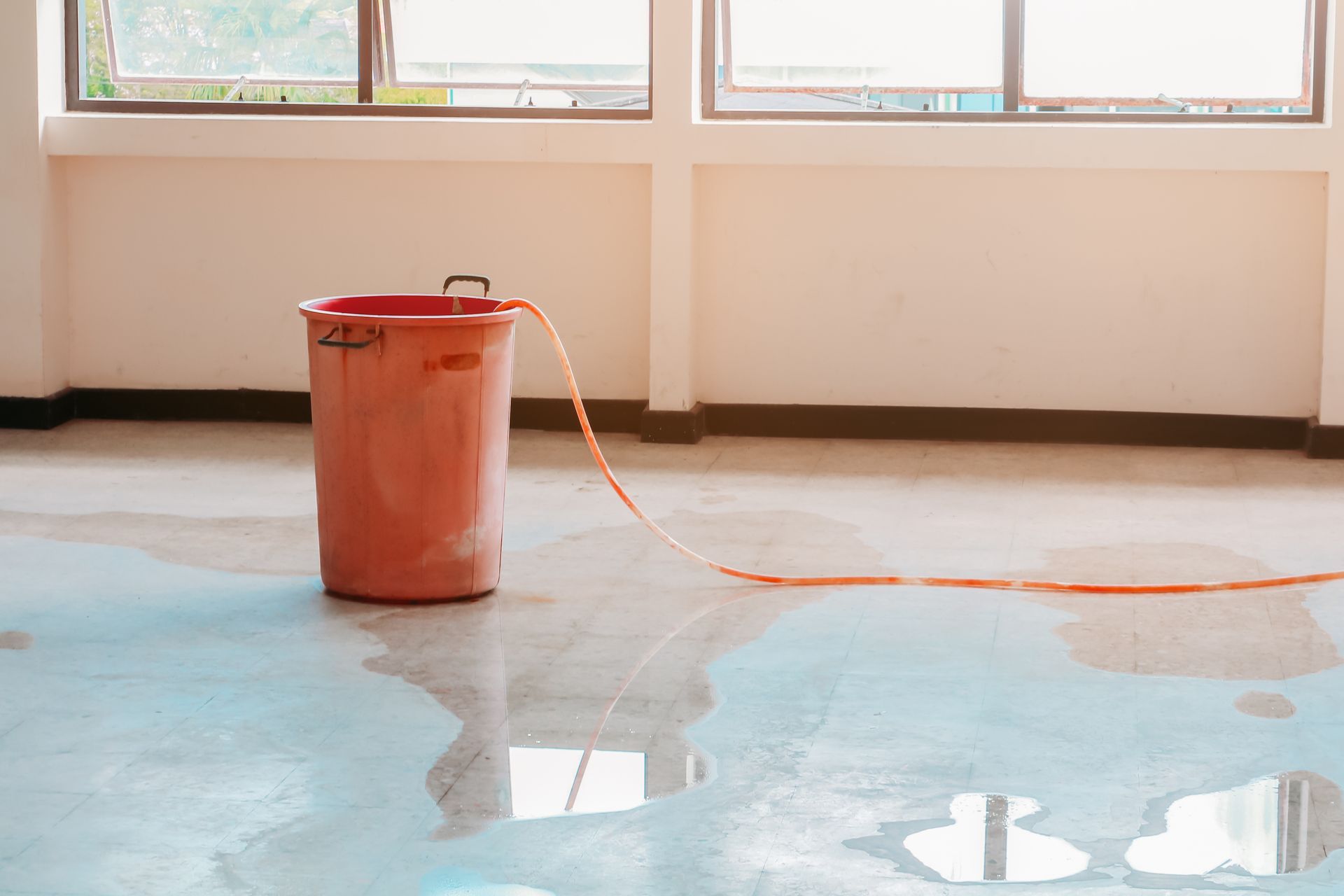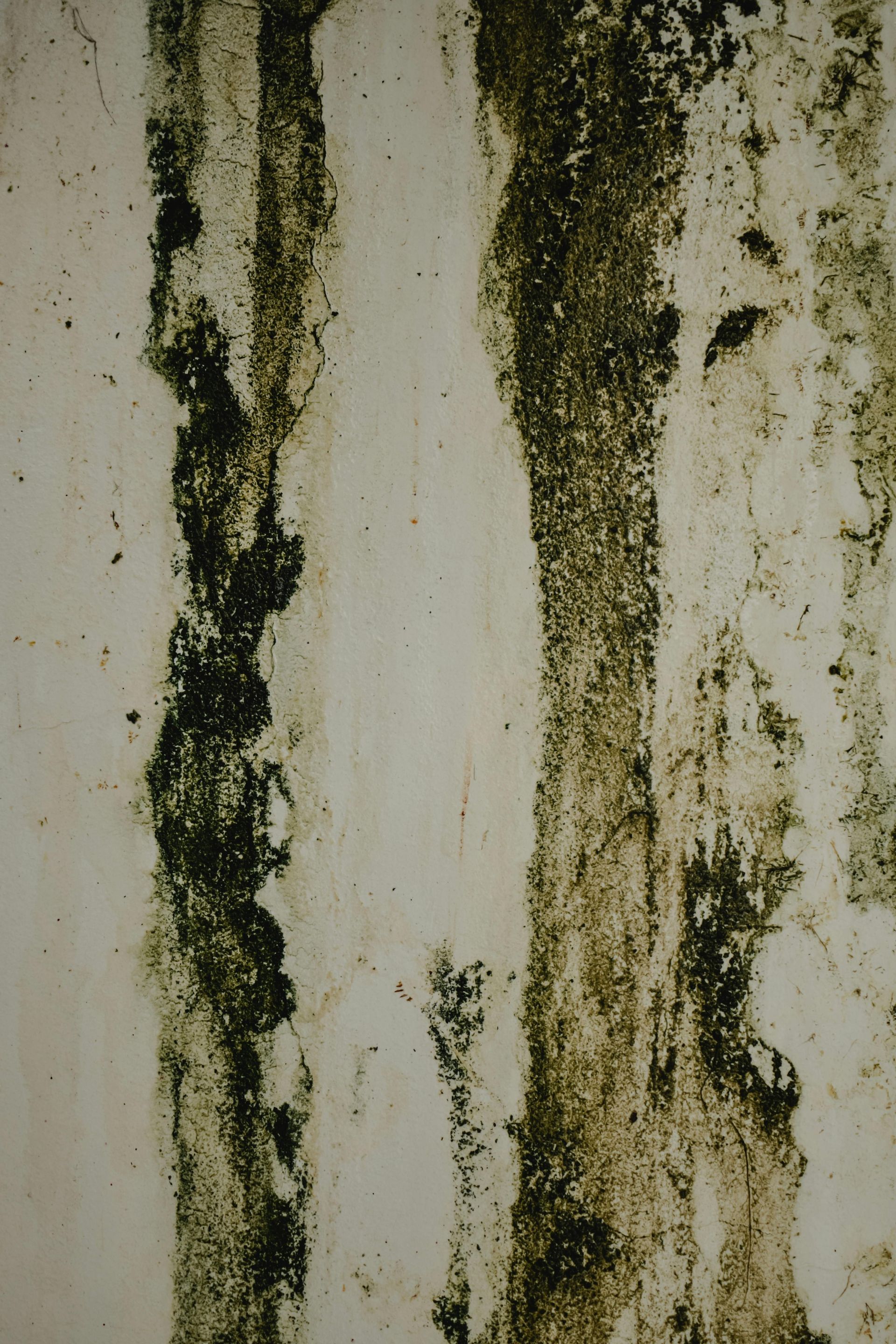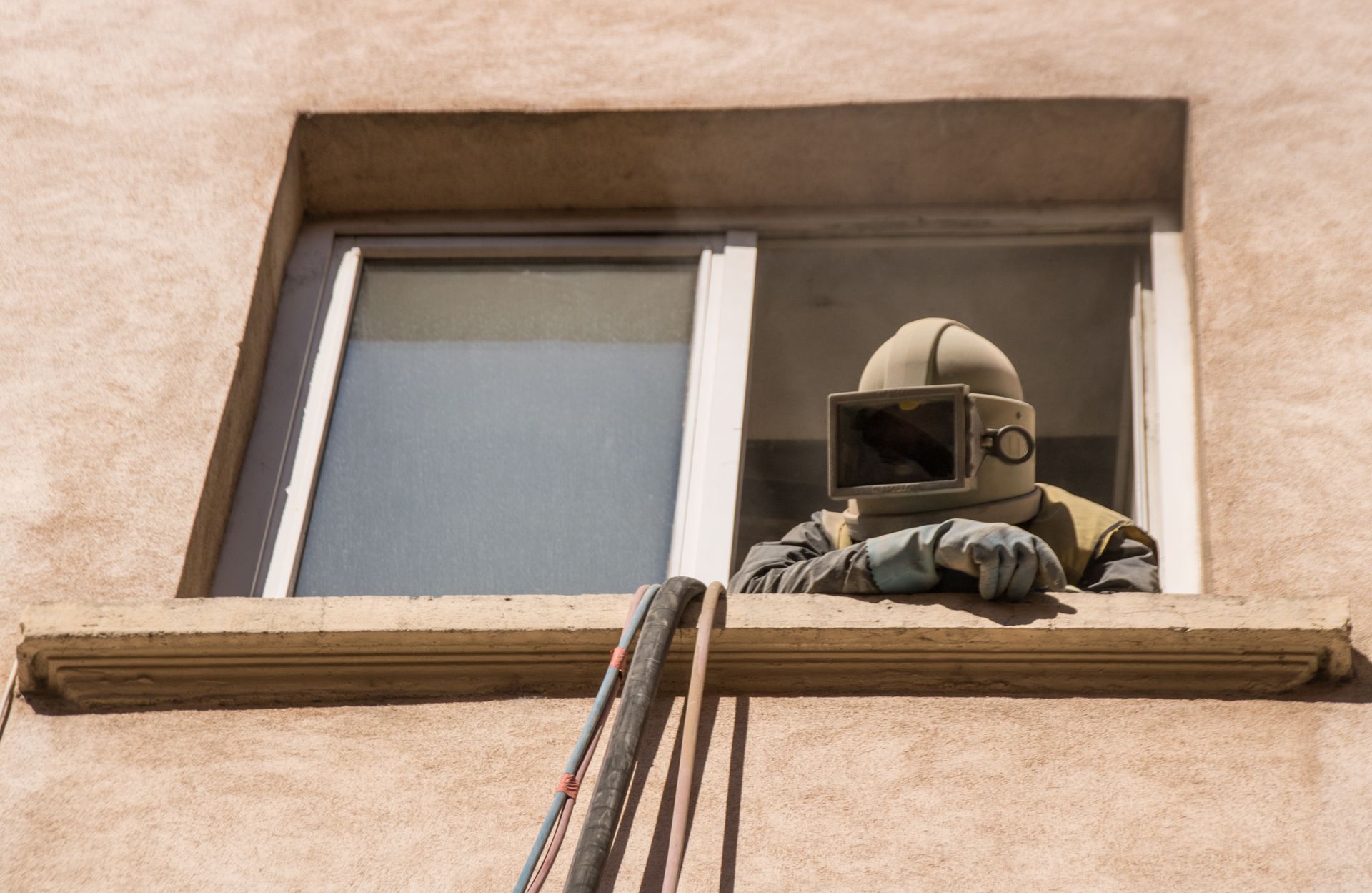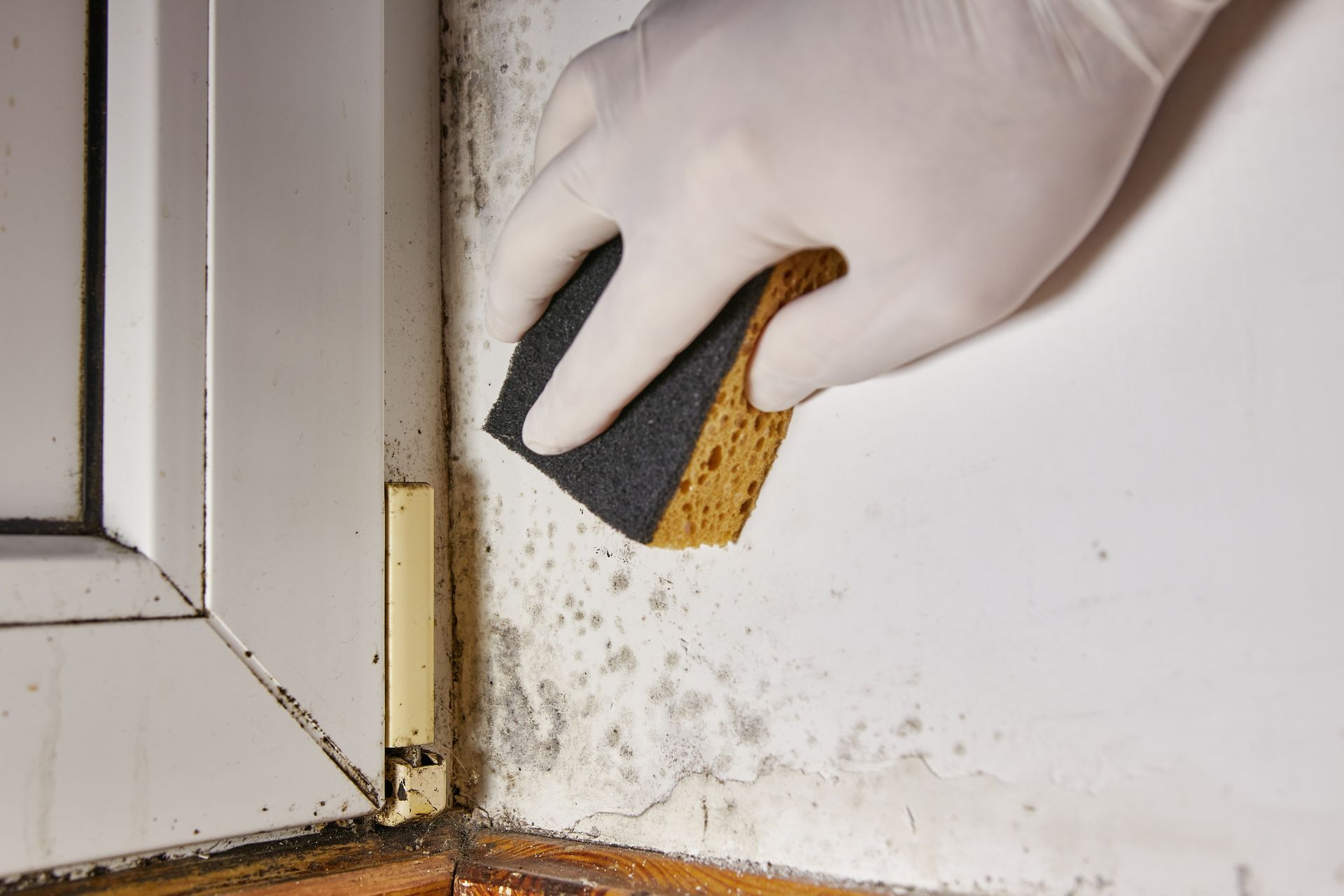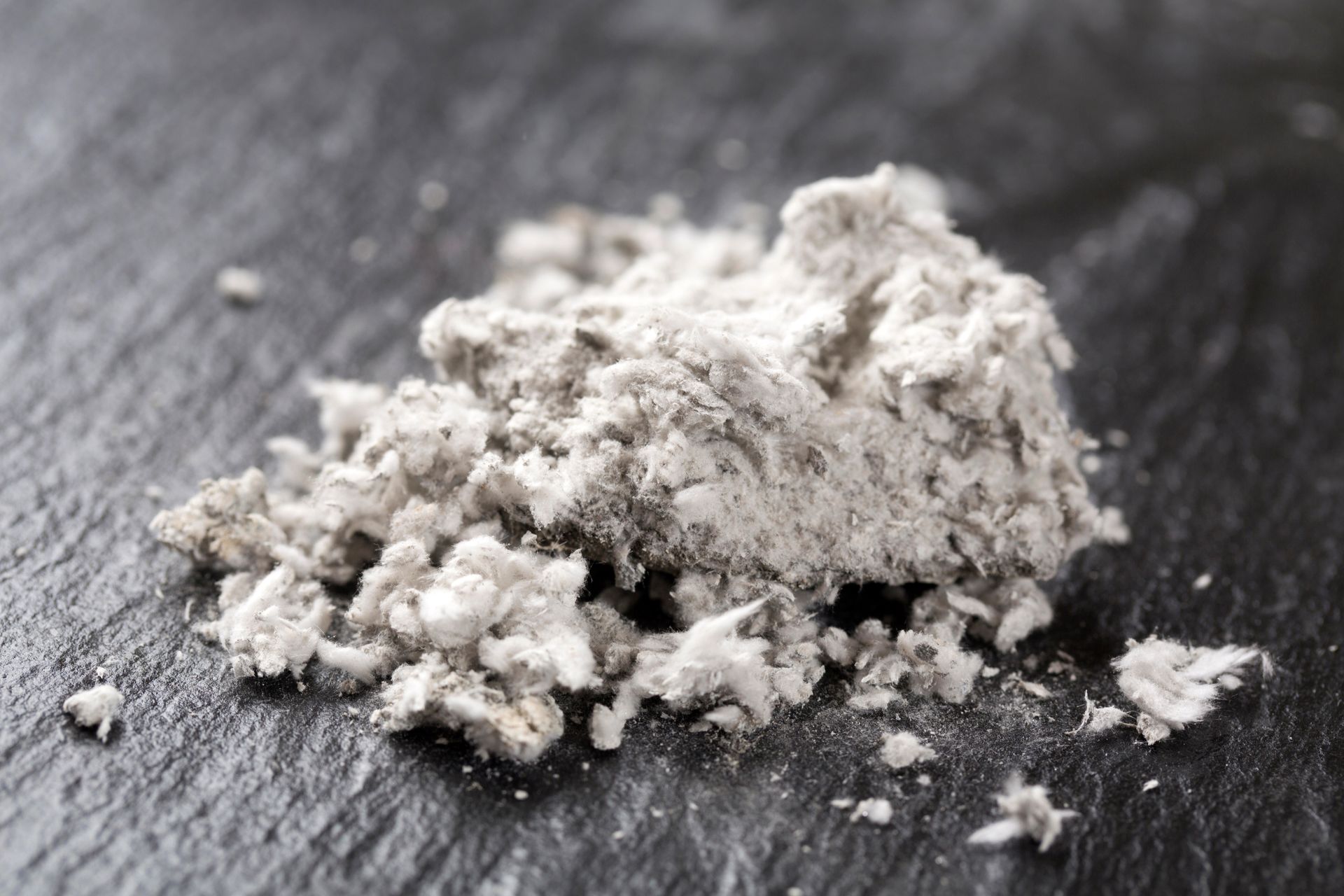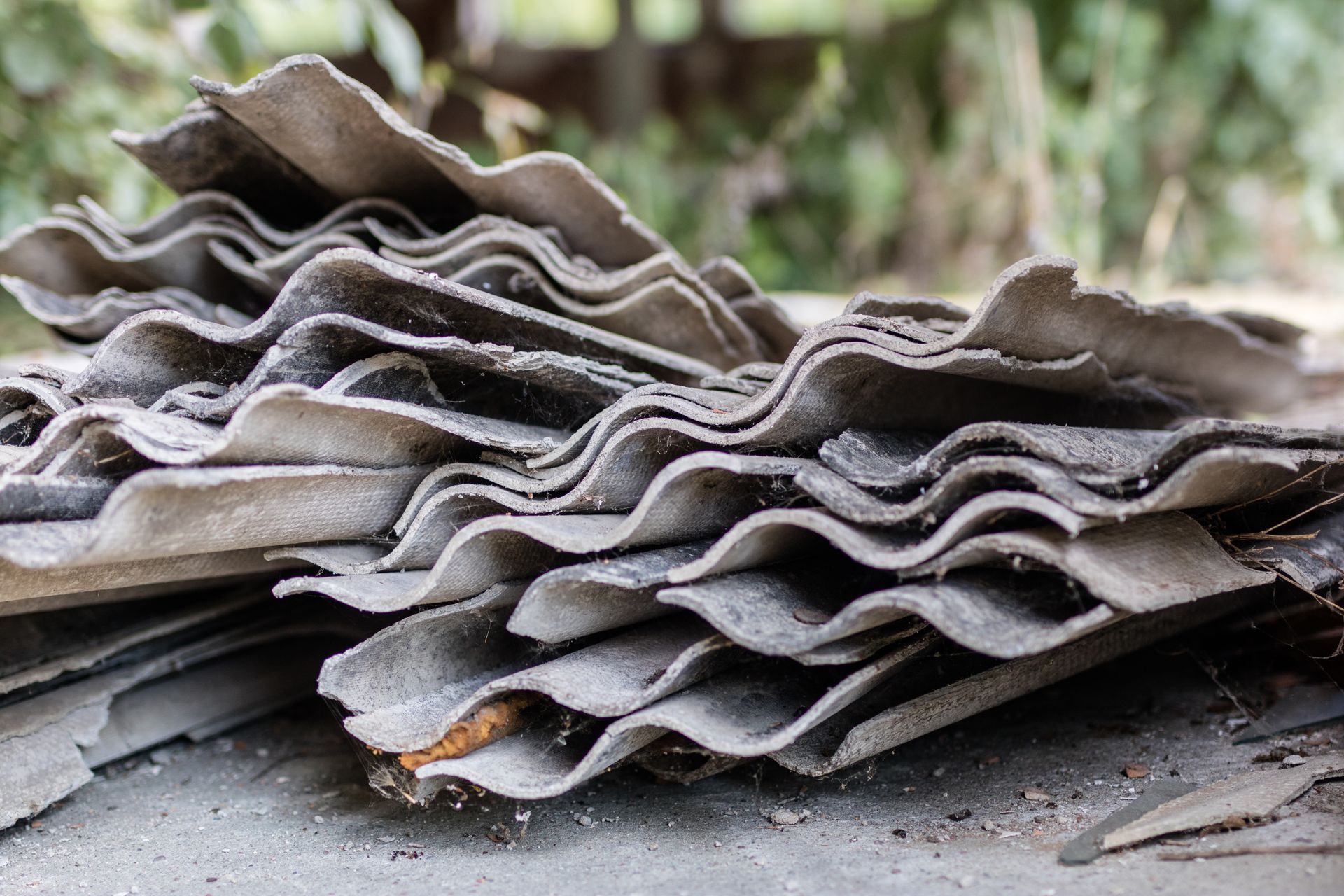Mold Remediation Services: The Key to a Healthy Living Environment
You know that musty smell in the basement that never seems to go away? Or those little dark spots on the bathroom ceiling you keep telling yourself are “just dirt”? Chances are, that’s mold—and it’s more than just an eyesore. Mold can trigger allergies, damage your home, and even impact your health in ways you might not expect. That’s where mold remediation services come in.
This guide will take you through why mold grows, what makes it dangerous, how remediation works, and why professional services are the best solution for creating a safe and healthy living environment.
Understanding the Dangers of Mold Growth
Mold isn’t picky. It shows up wherever there’s moisture, warmth, and a little organic material to feed on. That means your basement, attic, bathroom, or even behind your drywall are all fair game.
But beyond the creepy appearance, mold carries real risks.
- Health concerns: Mold spores can trigger allergies, asthma attacks, and respiratory irritation. Prolonged exposure may cause chronic sinus issues or worse.
- Property damage: Mold breaks down building materials like drywall, wood, and insulation. Left unchecked, it can weaken your property’s structure.
- Lowered home value: Nothing scares away potential buyers like the word “mold” in a property listing.
- Persistent odors: Mold leaves behind a musty, earthy smell that is tough to mask with candles or air fresheners.
Think of mold as that uninvited houseguest who never leaves. The longer you ignore it, the harder it becomes to deal with.
Why Professional Mold Remediation Services Are Essential
When people first spot mold, their instinct is often to grab some bleach and a sponge. While that might clean the surface, it rarely solves the problem. Mold is like an iceberg—what you see is only a fraction of what’s really there.
Professional mold remediation services are essential because:
- They address the root cause: Mold thrives on moisture. Professionals identify and resolve the water source before removing mold.
- They prevent spread: Disturbing mold without the right precautions can release spores and make the problem worse.
- They use specialized equipment: HEPA vacuums, air scrubbers, and antimicrobial treatments ensure mold is completely removed.
- They provide long-term solutions: Instead of a temporary cover-up, remediation restores your property to a safe condition.
Sure, DIY may work for small mildew spots in the shower, but real mold problems require the kind of expertise and tools only professionals bring to the table.
The Mold Remediation Process: What to Expect
Every property is different, but mold remediation generally follows a step-by-step process designed to eliminate mold and prevent it from coming back.
- Inspection and Assessment: Professionals inspect your property, identify mold sources, and use testing to determine the extent of contamination.
- Containment: Plastic barriers, negative air pressure, and sealed work areas prevent mold spores from spreading during removal.
- Air Filtration: High-efficiency HEPA filters scrub the air, capturing mold spores and improving indoor air quality.
- Mold Removal: Contaminated materials like drywall or carpet are removed, while salvageable items are cleaned with antimicrobial solutions.
- Drying and Dehumidification: Moisture control is critical. Industrial fans and dehumidifiers ensure the area stays dry to prevent regrowth.
- Restoration: Repairs like replacing drywall, repainting, or restoring flooring bring your property back to its pre-mold condition.
Mold remediation is like giving your home a detox—it clears out the bad stuff and helps create a healthier, cleaner environment.
Common Places Mold Likes to Hide
Mold doesn’t always announce itself with big black patches.
Sometimes it lurks in sneaky places you wouldn’t think to look.
- Basements and crawlspaces: Damp, dark, and poorly ventilated—these are mold’s favorite conditions.
- Attics: Poor insulation and roof leaks create a perfect breeding ground.
- Bathrooms: Constant humidity from showers and poor ventilation make mold thrive.
- Kitchens: Under sinks or behind refrigerators where small leaks go unnoticed.
- HVAC systems: Mold can spread through ductwork, affecting your entire home.
If you’ve been dealing with persistent odors or unexplained allergy symptoms, it’s worth checking these hidden areas.
How to Prevent Mold After Remediation
Professional mold remediation services can solve your current problem, but prevention is key to keeping it from coming back.
Here are some steps you can take:
- Control humidity: Keep indoor humidity levels between 30 and 50 percent. Dehumidifiers can help in damp spaces.
- Fix leaks quickly: Even small leaks under sinks or in roofs can lead to big mold problems.
- Ensure proper ventilation: Use exhaust fans in bathrooms and kitchens.
- Clean and maintain gutters: Prevent water from pooling near your home’s foundation.
- Regular inspections: Especially in older homes or areas prone to water damage.
Mold hates dry, well-ventilated spaces. Think of it as giving mold fewer excuses to crash at your place.
Call Hathaway Environmental for Mold Remediation Services in Solon, OH
Your Path Back to a Healthy Home Starts Here
If mold has made its way into your home or business, don’t wait until it becomes a bigger problem. Hathaway Environmental is your trusted partner for expert mold remediation services in Solon, OH. We know how stressful mold issues can be, and we’re here to provide thorough, safe, and lasting solutions that restore your property and your peace of mind.
Our team is more than just mold experts. We’re problem solvers who also specialize in mold inspection, asbestos abatement, asbestos testing, vermiculite insulation, commercial and industrial services, and water damage restoration. When you call us, you get a team that can handle the full scope of environmental concerns. Call us today at (216) 538-8355 and take the first step toward a healthier living environment.
FAQ
How do I know if I need mold remediation?
If you notice visible mold, persistent musty odors, or unexplained allergy symptoms, it’s time to schedule professional remediation.
Can mold come back after remediation?
It can if the underlying moisture problem isn’t fixed. That’s why prevention and proper drying are part of the remediation process.
How long does mold remediation take?
It depends on the size of the problem. Small jobs may take a day or two, while larger cases can take a week or more.
Is mold dangerous to everyone?
Not everyone reacts the same, but mold can cause health issues, especially for those with asthma, allergies, or weakened immune systems.
Will insurance cover mold remediation?
Coverage varies by policy. Some insurance plans cover mold caused by sudden water damage, but not issues caused by neglect.
